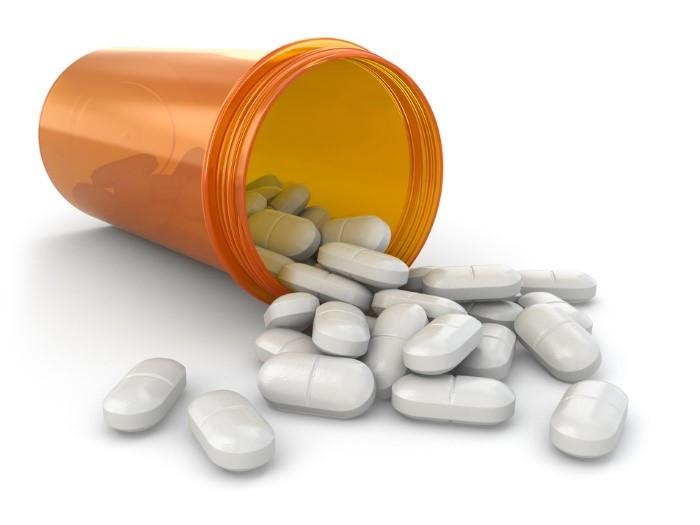Our country is facing an epidemic of unprecedented proportions that is affecting over 2 million Americans, many times fatally.
Opioid addiction.
Although drug addiction is hardly a new problem for the US and many other countries around the globe, we are now faced with a problem that’s quickly spiraling out of control.
Let’s look at the history of opioid use in the US, why it’s such a significant problem now, and how you get safe effective pain relief without addictive drugs.
The history of opioids
Early 1900s: The Bayer Company produced a “wonder drug”—an opioid called heroin—and in addition to relieving pain and suppressing coughs, users quickly discovered its effects could be amplified by injecting it.
1920’s: By this time doctors were becoming aware of the addiction potential of opioids, and in 1924 heroin became illegal.
1950’s and 1960’s: Anesthesiologists treated many wounded WW2 and Korean War soldiers with nerve blocks to manage pain on a long-term basis without surgery.
1970’s: Heroin use in the US exploded—so severely that Gerald Ford’s anti-drug task force was told to focus less on cocaine and marijuana trafficking and instead crack down on heroin. Doctors became hesitant to prescribe opioids like Percocet and Vicodin for pain, and their use was mainly limited to patients with terminal illnesses. Doctors and researchers looked for better options to treat chronic pain in non-terminal illnesses.
1996: OxyContin arrived on the scene. Claiming a low risk of addiction (less than 1 percent) due to its patented time-release formula and delayed absorption, OxyContin’s manufacturer (Purdue Pharma) convinced the FDA and doctors alike that this opioid was different and safer—and the perfect answer for long-term pain management.
The result? From 1995 to 1996 the number of painkiller prescriptions jumped by an incredible 8 million, and from 1998-1999 by 11 million!
At the same time, experienced drug users and curious teenagers alike were discovering that chewing an OxyContin tablet, or crushing and either snorting or injecting the powder produced a high as strong as heroin…and it was legal!
2007: Purdue Pharma was ultimately found guilty of misbranding its drug and downplaying the possibility of addiction, and was slapped with $600 million in fines. But the damage had already been done.
How many people are addicted?
A 2015 study found that one in four Americans who uses opioid painkillers becomes addicted to them. And according to the CDC, 2 million Americans either abused or were dependent on opioids in 2014.
Addiction may start out with prescription opioid painkillers, but the transition to heroin is very easily achieved. Heroin can be cheaper and easier to obtain than opioid painkillers, especially if a physician refuses to renew a prescription or the prescriptions become too expensive.
According to a 2013 US Substance Abuse and Mental Health Services Administration report, nearly 80 percent of people who started using heroin had previously used prescription painkillers.
Pain relief without dangerous, addictive drugs
Thankfully there are other answers for chronic pain relief besides prescription drugs that have been shown to be extremely effective! Here are four of the best:
1- Omega-3 essential fatty acids
Omega-3 essential fatty acids are Nature’s anti-inflammatory, and a deficiency in these crucial nutrients is a leading cause of inflammation and pain.
So it’s essential to ensure that your body has what it needs to effectively counteract inflammation!
The best ways to do this are to eat more fatty fish that are sources of Omega-3 EFAs (especially wild caught salmon) as well as taking a fish oil supplement like VitalMega-3.
VitalMega-3 is a top quality, pharmaceutical grade fish oil formula that delivers a health-supporting 1,000 mg. of the necessary EPA and DHA essential fatty acids in every daily 2-capsule serving.
2- Keep it real
Processed foods are loaded with chemicals, additives, sugar and inflammation-triggering Omega-6 fatty acids. So it’s important for everyone—and especially for people with chronic pain—to avoid this “trash in a box.”
Concentrate on real foods like fresh vegetables, meats, poultry and fish, eggs and nuts.
In addition, dehydration can cause muscle weakness, and when the muscles surrounding your back are involved, you can get chronic back pain. Be sure you’re drinking at least 8 glasses of water a day.
3- Get enough Vitamin D
Studies have shown that low vitamin D levels are associated with chronic pain, and since vitamin D is such a common deficiency, it’s no wonder that over 110 million Americans suffer with chronic pain!
The best ways to optimize your vitamin D level are to get some brief unprotected exposure to the sun each day (20 minutes or so) if possible and to supplement with an outstanding vitamin D product like Optimum DK Formula with FruiteX-B.
4- Explore other natural therapies
Here are some other therapies that have been shown to be very effective against chronic pain:
- Chiropractic adjustments
- Acupuncture
- Physical therapy
- Yoga
- Massage
Help curb your pain safely and naturally, and avoid the dangers of opioid painkillers!
To your health,
Sherry Brescia











